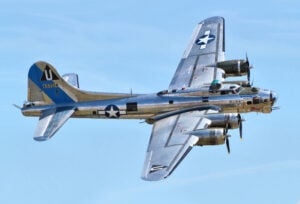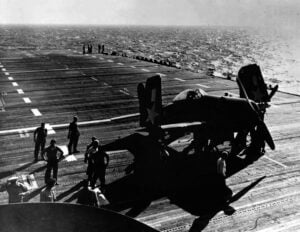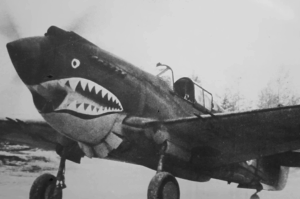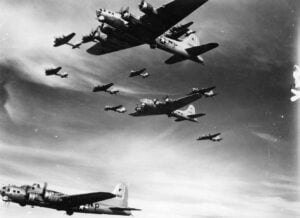10 Insane Facts About Japan’s Massive Yamato Battleship
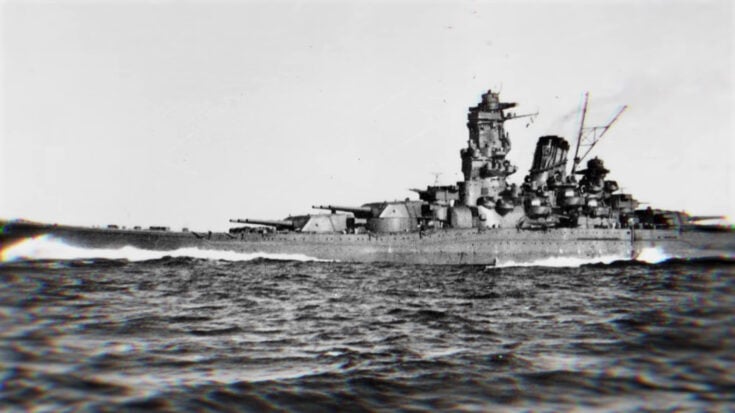
YouTube / Oceanliner Designs
When the Imperial Japanese Navy revealed the battleship Yamato in December 1941, it stunned the world. This was not just another warship but a steel giant designed in secrecy to dominate the Pacific. Built to embody Japan’s ambition and technological strength, Yamato became both a symbol of pride and a testament to the end of the battleship era.
1. It Was the Largest Battleship Ever Built
At over 70,000 tons fully loaded, Yamato was the heaviest and most powerful battleship in history. It stretched nearly 863 feet in length and was wider than an American football field. Its immense displacement gave it stability in rough seas but also made it an enormous target for aircraft.
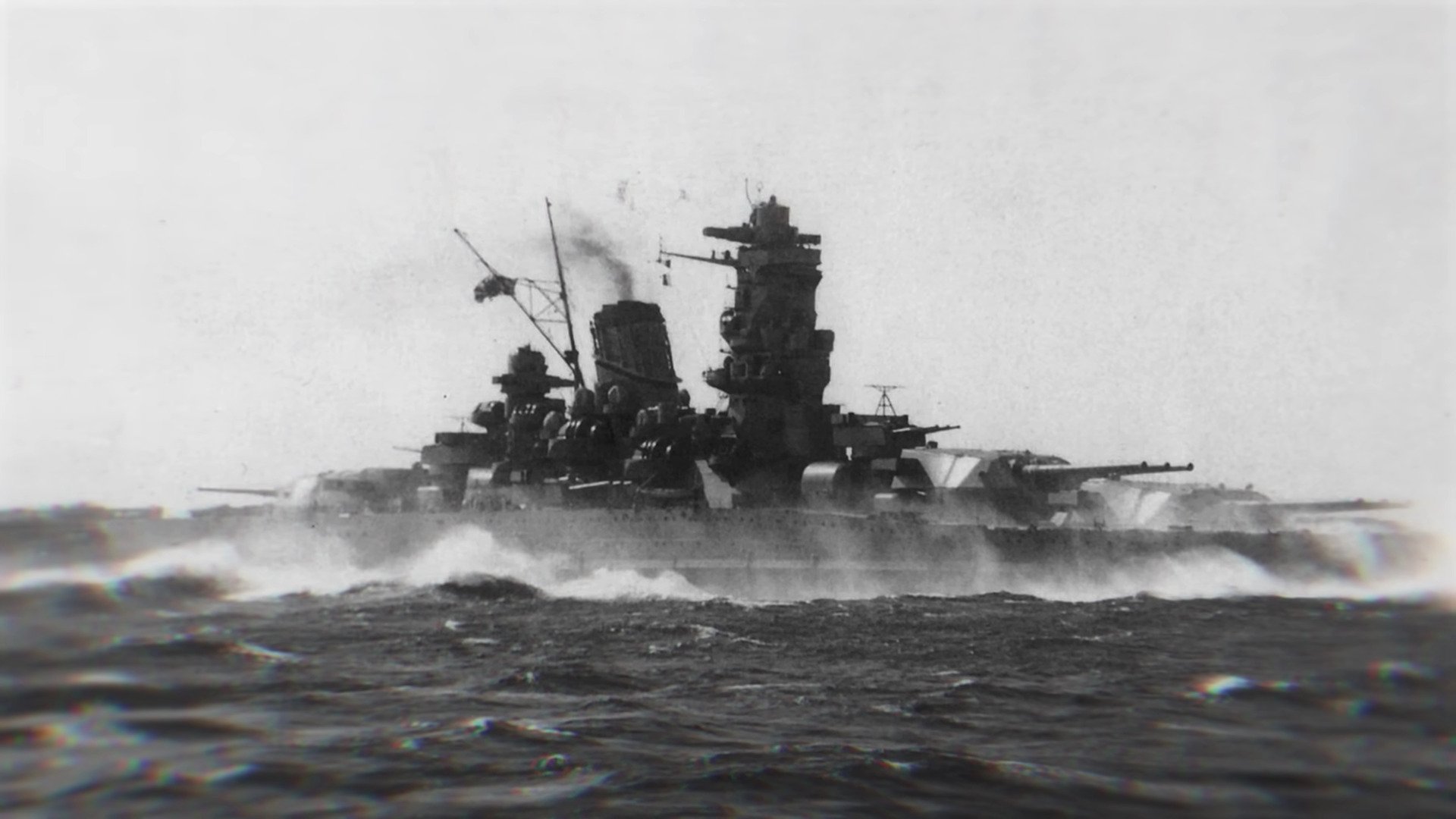
2. It Carried the Biggest Naval Guns in Existence
Each of Yamato’s three main turrets mounted 460 mm (18.1-inch) guns, the largest ever fitted to a warship. Each shell weighed about 1.5 tons and could be fired over 25 miles. A single broadside from Yamato could hurl nearly 60,000 pounds of steel through the air every minute.
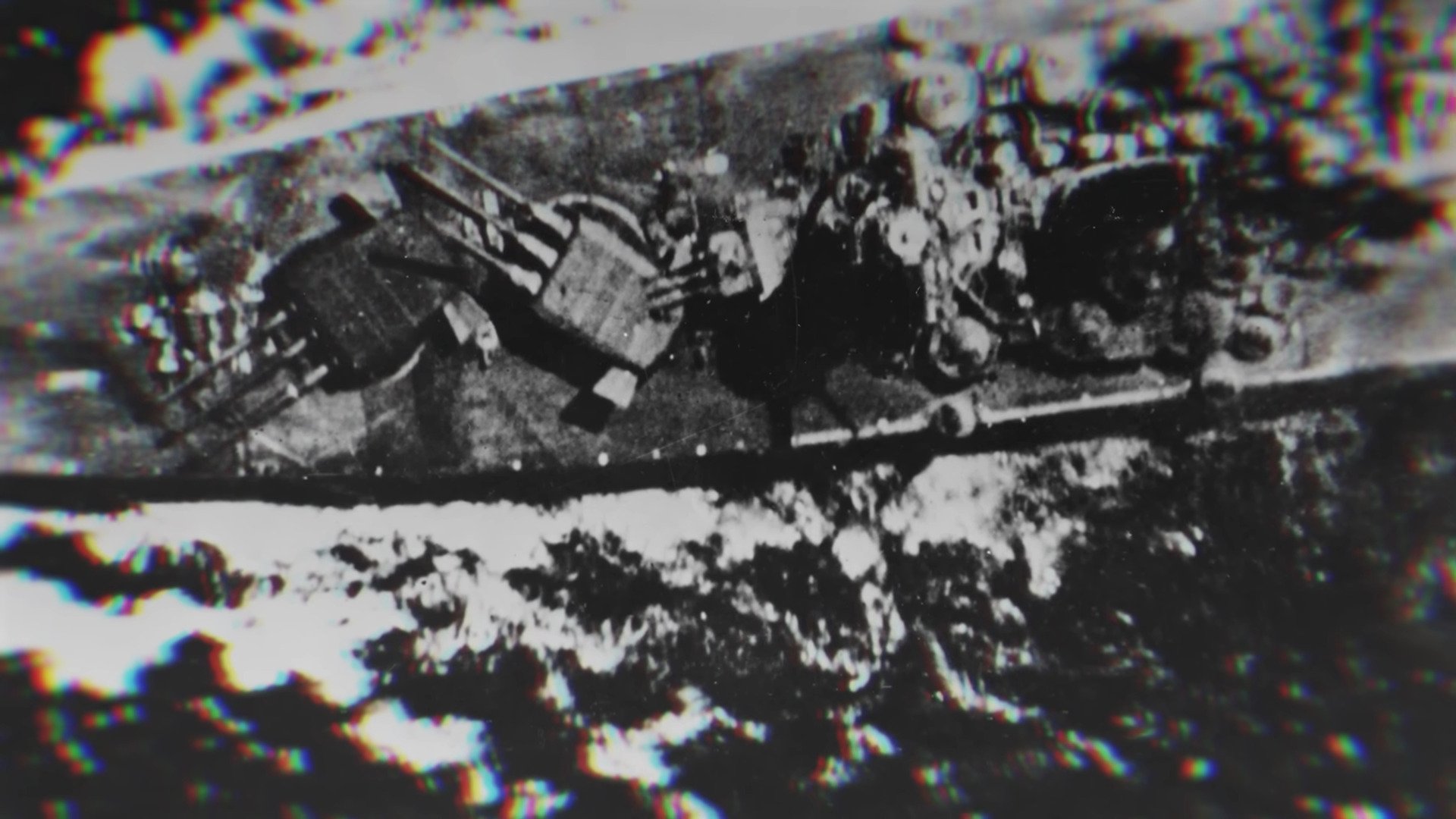
3. Its Construction Was a National Secret
Japan built Yamato under intense secrecy at the Kure Naval Arsenal near Hiroshima. The dockyard was covered with high fences and woven mats to conceal its size from aerial reconnaissance. Engineers swore oaths of silence, and even senior officers were not told every detail of the project.
4. Its Hull Was a Hydrodynamic Masterpiece
Japanese engineers tested over fifty hull models before finalizing Yamato’s design. The ship’s long, teardrop-shaped hull and massive bulbous bow were optimized for speed and efficiency. Despite its bulk, Yamato could reach 27 knots, rivaling smaller battleships of the era.
5. It Had the Thickest Armor Ever Put on a Ship
The ship’s armor belt was up to 16 inches thick, forming an internal citadel to protect its magazines and engines. The main gun turrets had faces nearly 26 inches thick, and even the funnel uptakes were protected by heavy plating. Over 22,000 tons of armor made Yamato virtually immune to shellfire.
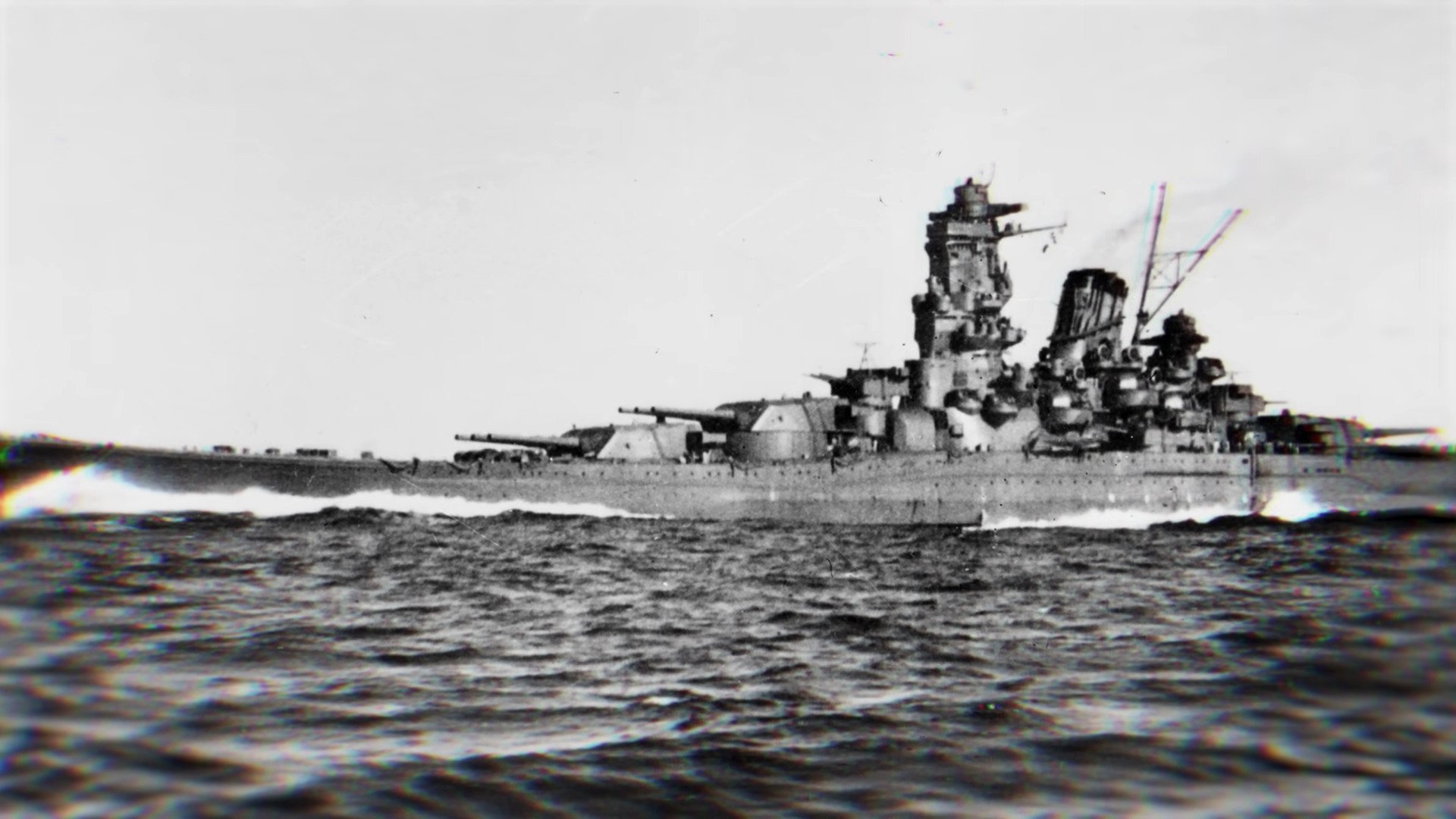
6. Its First Combat Role Was Symbolic
Although it served as the flagship during the Battle of Midway in 1942, Yamato never fired a shot. It acted instead as a floating command center, underscoring Japan’s reliance on it as a symbol of naval prestige rather than a frontline combatant.
7. It Finally Saw Action at Leyte Gulf
In October 1944, Yamato entered its first real battle at Leyte Gulf alongside its sister ship, Musashi. While Musashi was sunk by U.S. aircraft, Yamato survived with only minor damage. The engagement, however, marked the beginning of the end for Japan’s surface fleet.

8. Operation Ten-Go Was Its Final Voyage
In April 1945, Yamato was ordered on a one-way mission to defend Okinawa. Loaded with ammunition and only enough fuel for the trip there, the plan was to beach the ship and use her as a stationary gun platform against American forces.
9. Air Power Ended the Era of Battleships
On April 7, 1945, Yamato was struck by multiple bombs and torpedoes from waves of American carrier aircraft. Four torpedoes hit her port side, crippling her damage control systems. The ship capsized and exploded, killing over 3,000 of her crew.
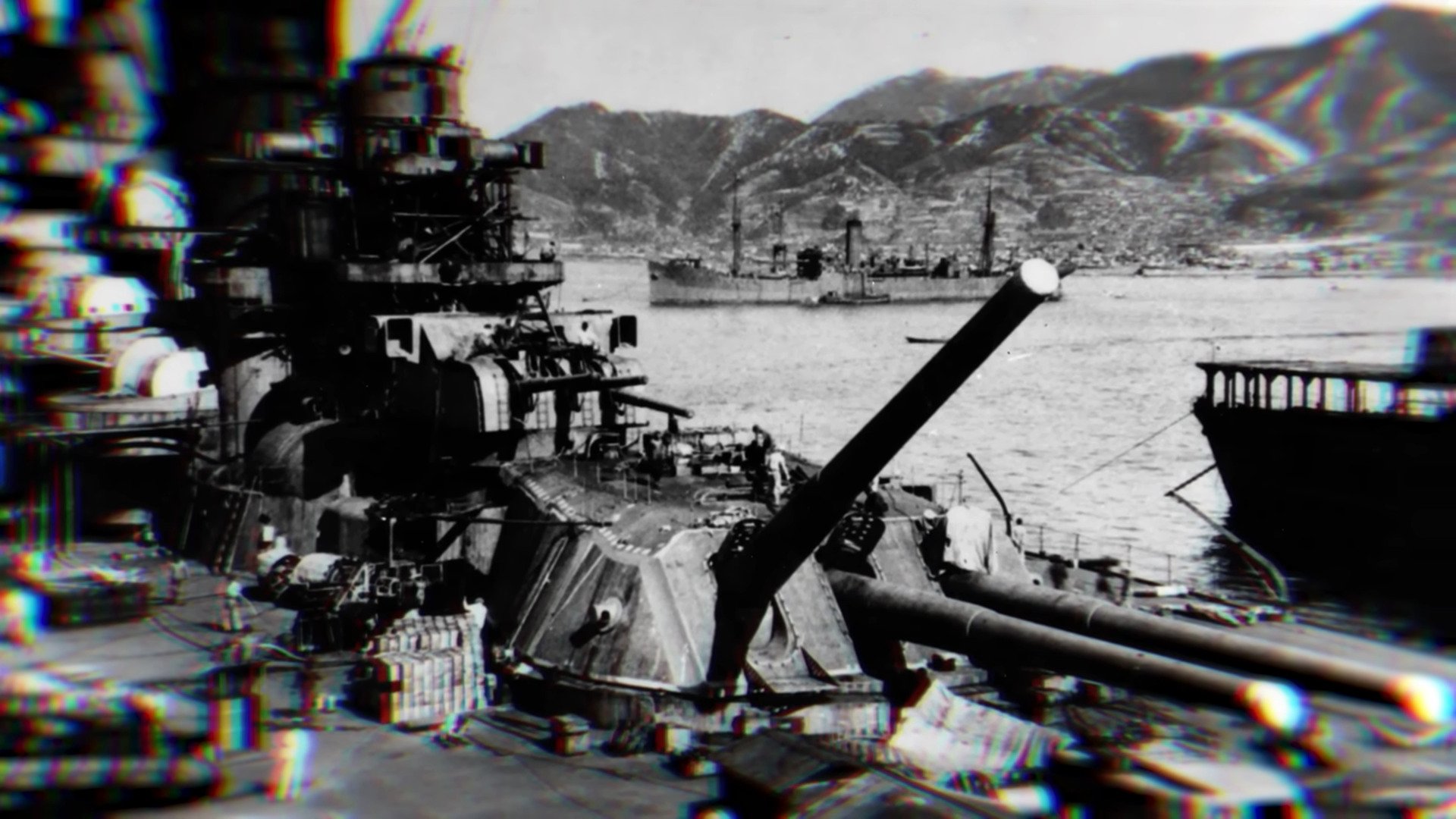
10. It Remains a National Symbol in Japan
Despite its tragic fate, Yamato became a powerful symbol of Japanese courage and sacrifice. To many, it represented the spirit of the samurai at sea – powerful, loyal, and doomed in the face of overwhelming odds.














